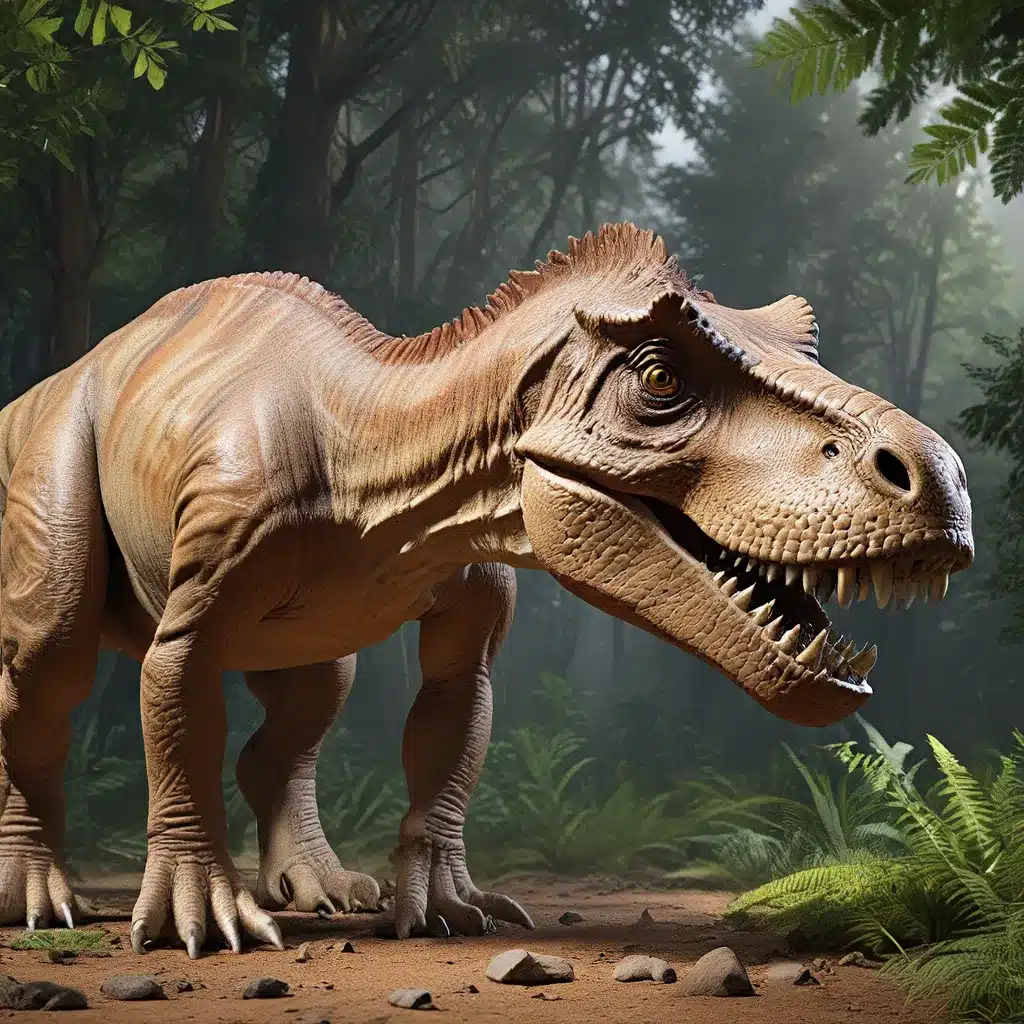
Unraveling the Mysteries of Ancient DNA
The study of ancient DNA (aDNA) has transformed our understanding of the distant past, unlocking secrets long buried beneath the sands of time. From the Siberian mammoth to the Denisovan hominin, researchers have pieced together genetic puzzles that shed light on the evolution and migration of species across the globe.
The discovery of aDNA has been a game-changer in the field of paleontology and archaeology. Even under the best preservation conditions, there is an upper boundary of 0.4 to 1.5 million years for a sample to contain sufficient DNA for sequencing technologies. Yet, researchers have pushed the boundaries, with the oldest DNA sequenced from physical specimens coming from mammoth molars in Siberia over 1 million years old.
Ancient DNA aDNA is DNA isolated from ancient sources typically specimens but also environmental DNA. Due to degradation processes, including cross-linking, deamination, and fragmentation, ancient DNA is more degraded compared to contemporary genetic material. The damage characteristics and ability of aDNA to survive through time restricts possible analyses and places an upper limit on the age of successful samples.
However, the field of aDNA studies has been revolutionized with the introduction of much cheaper research techniques and the use of high-throughput Next Generation Sequencing (NGS) techniques. These advancements have allowed researchers to reconstruct the genomes of ancient or extinct organisms, unlocking a wealth of information about the past.
Pushing the Boundaries of Ancient DNA
One of the most remarkable discoveries in the field of aDNA was the two-million-year-old genetic material recovered from sediments in Greenland in 2022. This finding has pushed the boundaries of what was previously thought possible, shattering the notion that DNA could only be preserved for a few hundred thousand years.
The discovery of common genetic regulators for limb regeneration in diverse species, such as the zebrafish, axolotl, and bichir, has also been a significant advancement in understanding the genetic mechanisms underlying regeneration. This research has implications for understanding why many tissues in humans, including limb tissue, regenerate poorly and the potential for manipulating these mechanisms with drug therapies.
Despite the challenges associated with aDNA, researchers have been able to uncover a wealth of information about ancient civilizations and the evolution of species. The DNA sequence of even older nuclear DNA was reported in 2021 from the permafrost-preserved teeth of two Siberian mammoths, both over a million years old. These discoveries have been crucial in piecing together the story of life on our planet.
Deciphering the Genetic Codes of Dinosaurs
One of the most intriguing and elusive aspects of ancient DNA research has been the pursuit of dinosaur DNA. While the initial claims of retrieving dinosaur DNA from bones and eggs dating back millions of years have been dismissed as inauthentic, the search for a way to unlock the genetic secrets of these prehistoric giants continues.
The Lost Kingdoms website has been at the forefront of exploring the latest advancements in dinosaur research, including the potential for deciphering their genomes. The ability to sequence and analyze the DNA of these long-extinct creatures could revolutionize our understanding of their biology, evolution, and even the potential for their resurrection through advanced cloning techniques.
While the idea of bringing dinosaurs back to life may sound like science fiction, the rapid progress in aDNA research suggests that it may not be as far-fetched as it once seemed. The discovery of common genetic regulators across diverse species has fueled hope that the same mechanisms could be harnessed to unlock the secrets of dinosaur genomes.
The Rosetta Stone of Prehistoric Discoveries
The Rosetta Stone, a trilingual inscription discovered in 1799, has been a crucial landmark in the decipherment of ancient languages and scripts. Similarly, the advancements in aDNA research can be seen as a “Rosetta Stone” for unlocking the mysteries of prehistoric life.
Just as the Rosetta Stone provided the key to deciphering hieroglyphics, the study of aDNA has become the crucial link to understanding the genetic codes of long-extinct species, including dinosaurs. The ability to extract and analyze genetic material from ancient remains has opened up a new frontier in paleontology and archaeology, allowing researchers to uncover the secrets of the past like never before.
The Rosetta Stone analogy extends beyond the field of aDNA, as it has been used to describe other important breakthroughs in various scientific and technological fields. From deciphering the human leucocyte antigen to understanding the origins of gamma-ray bursts, the “Rosetta Stone” concept has become a powerful metaphor for the essential clues that unlock new domains of knowledge.
The Future of Dinosaur Genomics
As the field of aDNA research continues to evolve, the prospects for deciphering the genetic codes of dinosaurs and other prehistoric creatures become increasingly promising. Researchers are now able to extract and analyze DNA from a wider range of ancient sources, including sediments, bones, and even preserved plant and animal remains.
The discovery of common genetic regulators across diverse species has fueled hope that the same mechanisms could be harnessed to unlock the secrets of dinosaur genomes. With advancements in sequencing technologies and a deeper understanding of DNA preservation, the potential for reconstructing the genomes of long-extinct species has never been greater.
As we continue to unravel the mysteries of the past, the study of ancient DNA promises to be a crucial tool in our quest to understand the evolution of life on our planet. From the towering Tyrannosaurus rex to the elusive Denisovan hominin, the genetic codes of these ancient creatures hold the key to unlocking the secrets of the past and shaping our understanding of the future.


